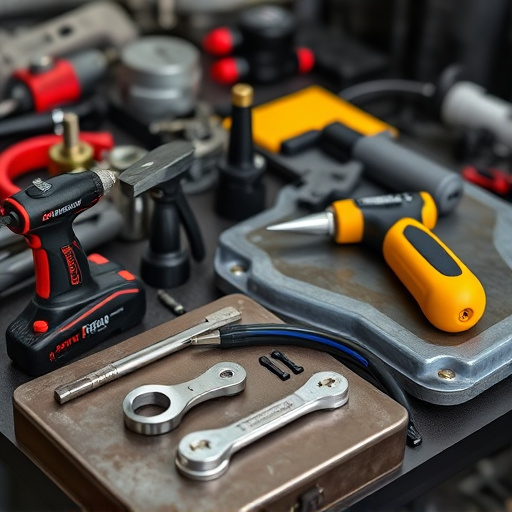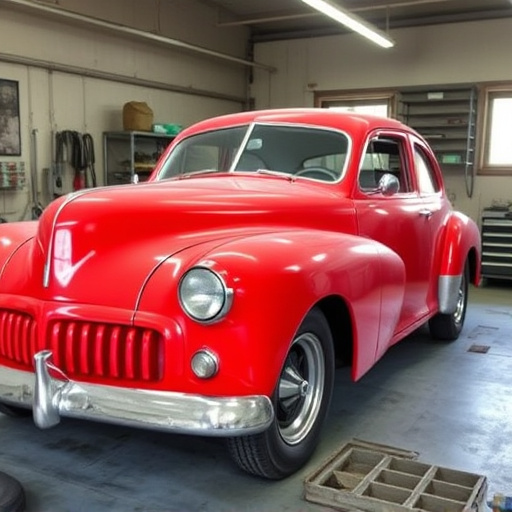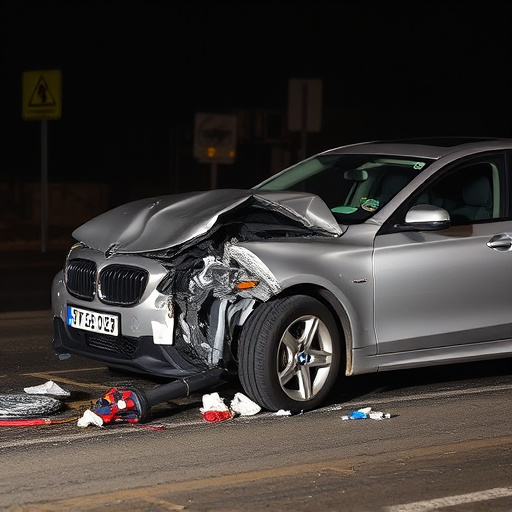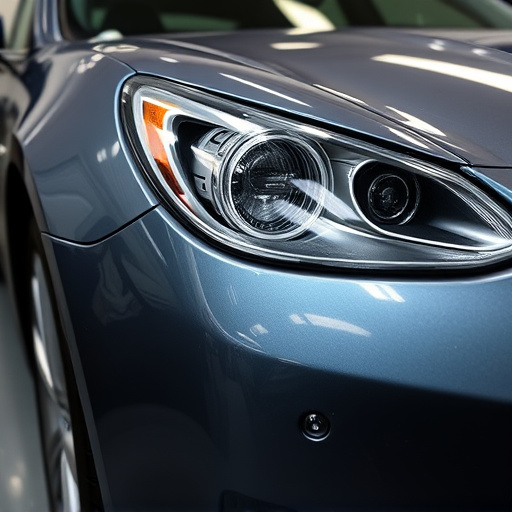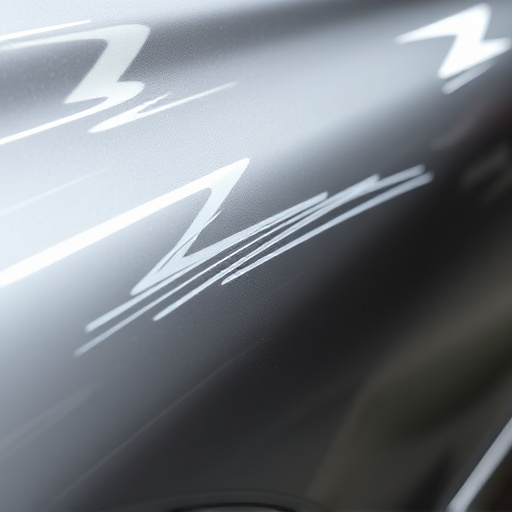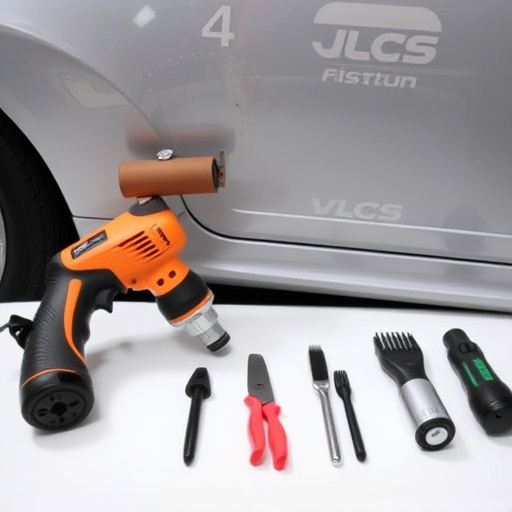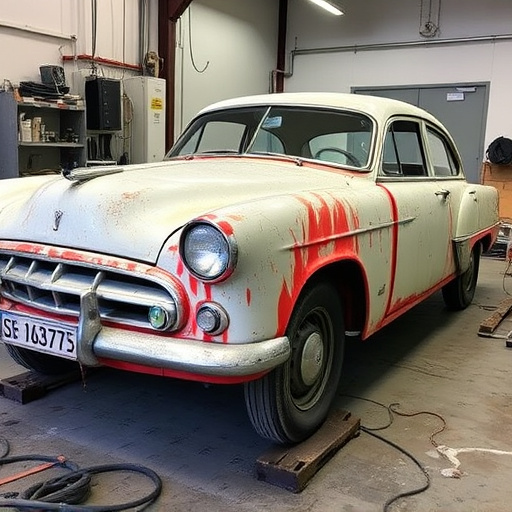Repair documentation service is a critical component for auto maintenance and collision repair, providing detailed visual evidence of each work stage. This practice ensures transparency, accountability, and consistency, facilitating precise tracking, evaluation, and dispute resolution. Visual evidence, particularly before-and-after photos, allows experts to assess repairs accurately, meeting high craftsmanship standards. Implementing user-friendly digital platforms enhances quality assurance, enables real-time updates, and promotes customer satisfaction through consistent, precise auto body finishes. Regular staff training is essential for maintaining the integrity of repair documentation service.
Repair photo documentation is a powerful tool for enhancing quality assurance processes. In an era where visual evidence is key, this practice plays a pivotal role in ensuring precision and consistency in after-sales services. This article explores the significance of repair photo documentation, delving into its benefits and best practices for implementation. We’ll uncover how it streamlines operations, facilitates knowledge sharing, and ultimately improves customer satisfaction through transparent, detailed visual records.
- Understanding Repair Photo Documentation
- The Role of Visual Evidence in Quality Assurance
- Benefits and Best Practices for Implementing a Repair Documentation Service
Understanding Repair Photo Documentation

Repair photo documentation is a critical component of any comprehensive quality assurance process. It involves capturing and meticulously recording visual evidence of every stage of a repair or maintenance task, such as auto maintenance or car collision repair. These detailed images serve as a permanent record, allowing for precise tracking and evaluation of the work performed, including paintless dent repair techniques.
By employing a robust repair documentation service, professionals in the automotive industry can ensure transparency, accountability, and consistency. Each photo tells a story, documenting changes made, materials used, and the final outcome. This visual narrative is invaluable during quality checks, inspections, or disputes, providing concrete evidence that supports claims and maintains high standards of craftsmanship in auto collision repair or any other specialized maintenance services.
The Role of Visual Evidence in Quality Assurance

Visual evidence plays a pivotal role in the realm of quality assurance for any repair documentation service, especially within collision centers and car restoration facilities. Pictures speak volumes, and when it comes to intricate tasks like frame straightening, visual representation becomes even more critical. Repair documentation services rely on detailed imaging to capture every angle and detail of a vehicle’s condition before and after the restoration process.
This visual record acts as a reliable reference point, enabling professionals to assess and compare the quality of repairs accurately. By examining before-and-after photos, experts can identify even the subtlest deviations from the original state, ensuring that every repair, from panel alignment to paint job perfection, meets the required standards. Such documentation is invaluable for maintaining consistency in car restoration processes and fostering a culture of excellence within these specialized centers.
Benefits and Best Practices for Implementing a Repair Documentation Service

Implementing a robust repair documentation service offers significant advantages for any auto body shop or auto frame repair center striving to maintain top-tier quality assurance. Firstly, it enables detailed tracking of every repair process, from initial assessment to final touch-ups. This comprehensive record facilitates consistent quality control by identifying areas where deviations from the standard procedure occur, allowing for immediate corrective actions.
Best practices dictate that such a service should be user-friendly and easily accessible. Digital platforms are ideal for this, as they enable real-time updates, efficient data retrieval, and seamless collaboration among team members. Additionally, integrating auto body painting techniques and specifications into the documentation ensures precise replication of original finishes, enhancing customer satisfaction. Regular training sessions on using the system effectively should be conducted to ensure every staff member understands their role in maintaining the integrity of repair documentation.
Repair photo documentation plays a pivotal role in enhancing quality assurance processes. By capturing detailed visual evidence, teams can consistently assess and improve repair techniques, leading to higher-quality outcomes. Implementing a robust repair documentation service not only streamlines operations but also fosters a culture of continuous improvement. Adhering to best practices ensures accurate record-keeping, facilitates knowledge sharing, and ultimately boosts customer satisfaction through consistent service quality.

